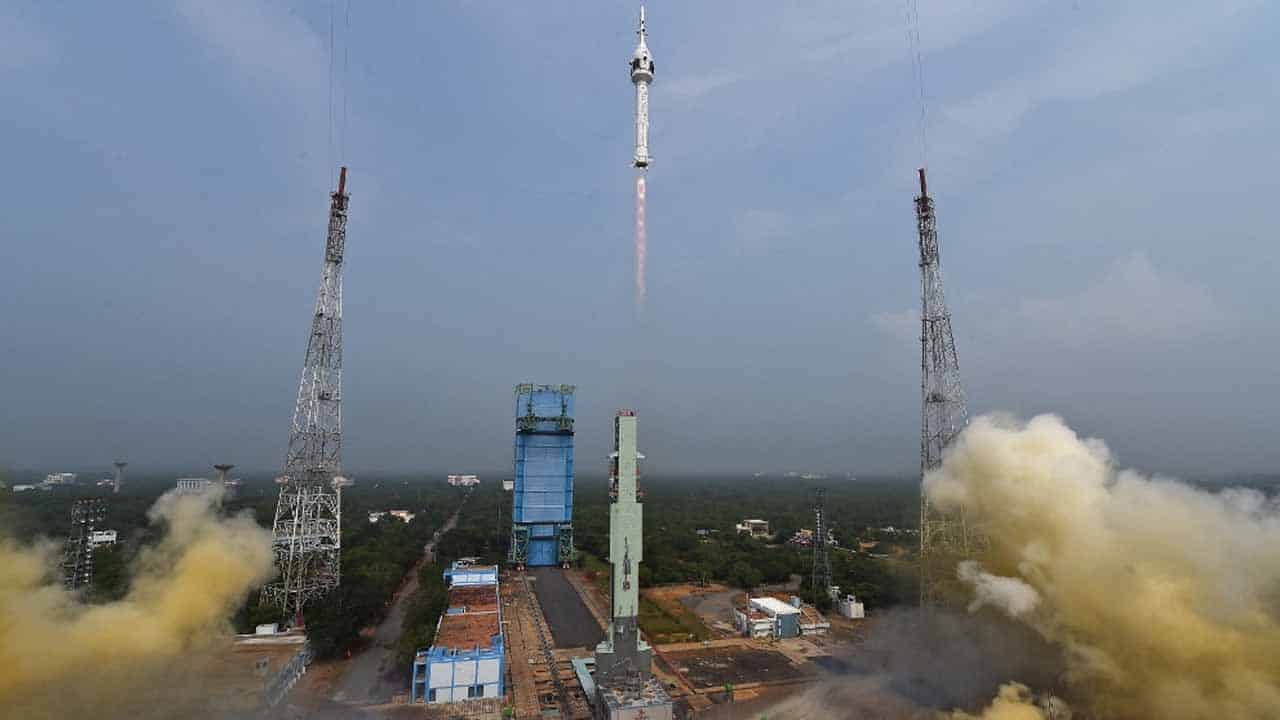On Saturday, India achieved a significant milestone by successfully conducting the inaugural unmanned trial run for its upcoming crewed orbital mission, marking a remarkable step forward in its space exploration endeavors.
The Gaganyaan mission, also known as “Skycraft,” is scheduled to carry three astronauts into Earth’s orbit in 2025, showcasing the Indian Space Research Organisation’s (ISRO) impressive technical capabilities.
During Saturday’s launch, the rocket was primarily focused on testing the emergency escape system of its crew module. The crew module separated from the thruster and executed a gentle sea landing approximately 10 minutes after liftoff. ISRO chief S. Somanath expressed his satisfaction, stating, “I am very happy to announce the successful accomplishment of the mission.”
However, the liftoff was delayed for two hours due to adverse weather conditions and a technical glitch in the engine.
Before the final crewed mission in 2025, ISRO plans to conduct a series of 20 major tests, including the deployment of a robot into outer space.
The Gaganyaan mission is groundbreaking for India, with an estimated cost of $1.08 billion, according to ISRO. It aims to send astronauts beyond Earth’s atmosphere for a three-day mission before safely returning them with a soft landing in Indian territorial waters.
India’s space program has recently made significant strides, announcing its ambition to send a human to the Moon by 2040. Notably, in August, India became the fourth nation to successfully land an unmanned craft on the Moon, joining the ranks of Russia, the United States, and China.
The following month, India initiated a mission to study the outermost layers of the Sun from a solar orbit, further showcasing its expanding capabilities in space exploration.
India’s space program has seen remarkable growth since its first lunar orbit mission in 2008 and has consistently achieved impressive feats at a fraction of the cost incurred by established spacefaring nations. One key advantage is India’s ability to adapt and build upon existing technology, coupled with the availability of highly skilled engineers who receive significantly lower wages than their foreign counterparts.
India’s space ambitions also include a joint mission with Japan to send another probe to the Moon by 2025 and an orbital mission to Venus within the next two years, demonstrating the nation’s dedication to furthering its presence in the cosmos.






